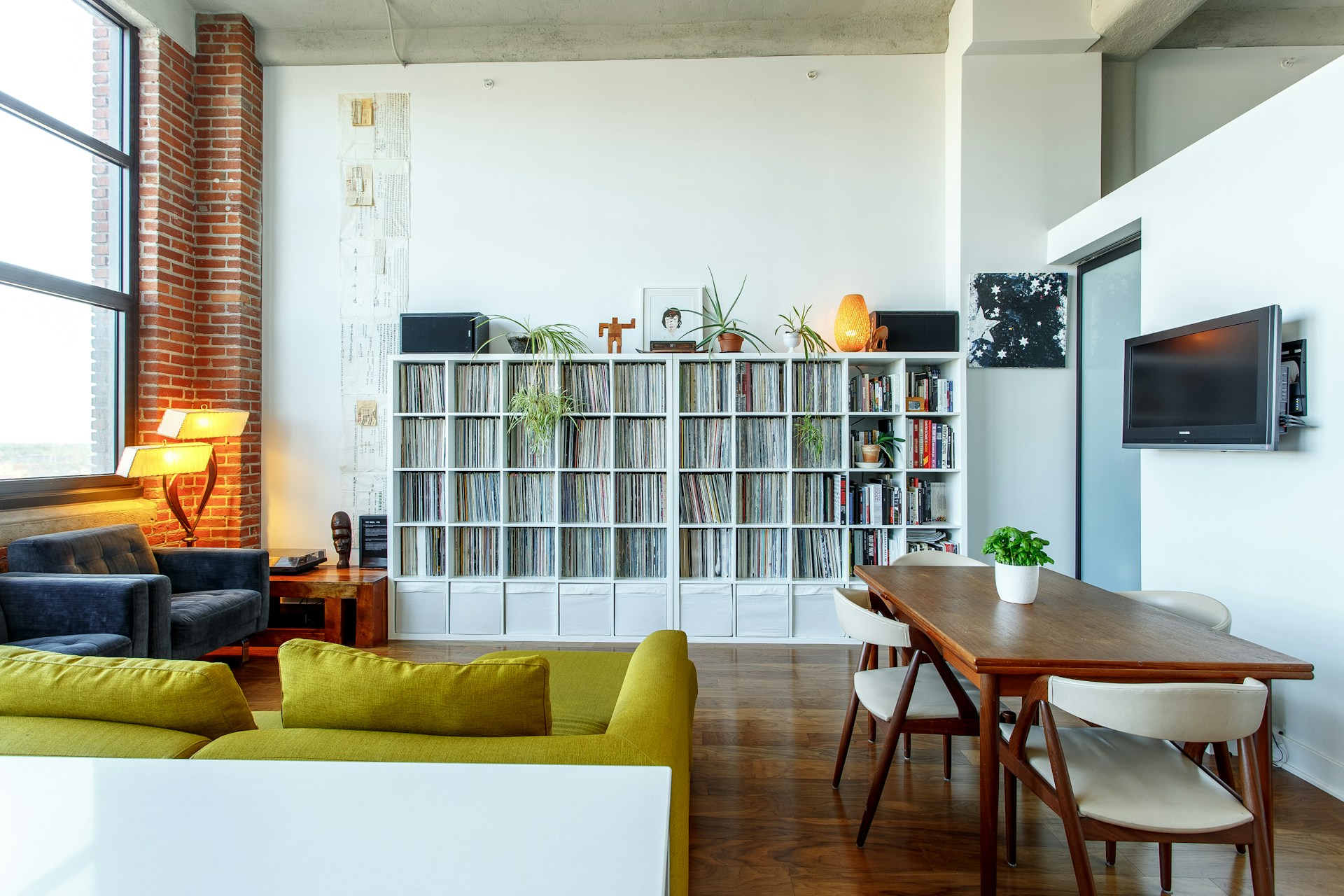Key Takeaways:
- Intelligent design is about the efficient and multi-functional use of space.
- Consider furniture that doubles as storage or can be transformed for different uses.
- Mirrors and strategic color use can enhance the sense of space.
Table of Contents:
- Introduction to Sustainable Home Decor
- The Rise of Eco-Friendly Furniture
- Maximizing Space with Smart Design
- Incorporating Vintage Pieces for Character
Contents
Introduction to Sustainable Home Decor
The art of home decoration has experienced a revolution with the advent of sustainability as a guiding principle. In this evolving landscape, individuals seek decor that offers aesthetic appeal and a gentle footprint on our fragile environment. With accessible resources such as Joybird customer service, homeowners are supported in their quest for beautiful furnishings and guided in making environmentally sound decisions. This approach to interior design resonates with a growing consumer consciousness around the impacts of their purchasing habits.
Today’s sustainable home decor transcends functionality to embody ethical manufacturing and sourced materials that don’t unnecessarily deplete the earth’s resources. It advocates for a thoughtful approach that contemplates the lifecycle of products, from inception to their ultimate disposal or repurposing. This philosophy encourages an intimate connection with our living environment—transforming spaces into vibrant, earth-connected, comforting havens.
The Rise of Eco-Friendly Furniture
Eco-friendly furniture has become the new norm in interior design communities across the globe. Durable items made from reclaimed lumber, bamboo, or recycled materials are increasingly popular among eco-conscious consumers looking to reduce their environmental impact while enjoying beautifully crafted pieces. These sustainably sourced materials offer countless benefits over traditional furnishings, from reduced chemical treatments to diminished carbon footprints. Moreover, consumers are selecting for sustainability and longevity—opting for timeless pieces that showcase commitment to quality and ethical standards. When purchasing furniture online, it’s essential to research customer experiences and satisfaction, looking at sources such as Joybird reviews to gain insights into product quality and delivery experiences.
The switch to eco-friendly furniture is a valuable part of the global movement toward sustainability, with companies and designers alike recognizing the importance of incorporating green products into their offerings to meet the rising demand.
This burgeoning trend is set to redefine the priorities of the furniture industry. Market leaders creatively embrace the challenge, producing furnishings that are as aesthetically pleasing as they are environmentally responsible. These efforts have a profound and dual impact: stewarding the environment and pushing an industry revolution.
Maximizing Space with Smart Design
The intelligent design is inherently woven into the fabric of modern sustainability initiatives. Compact living and clever use of space are at the forefront of this design philosophy. Versatile furniture that can transform a living room into a workspace or double as storage becomes increasingly necessary to live well in smaller footprints. This resourceful approach to home design indicates a more significant cultural shift toward more mindful and efficient use of space, leading to more open and accessible interiors—a vital component in today’s urban living environments. Homeowners can ingeniously conserve space while cultivating a graceful and sustainable interior by selecting furniture that optimizes functionality without compromising elegance.
Open floor plans are harmonious with the intelligent design concept, blending living, dining, and kitchen areas to create a sense of boundlessness and fluidity within the home. Such spaces can be enhanced with collapsible or expandable furniture, offering practical and aesthetically pleasing modularity. The clever arrangement of furniture and decoration can transform a space, allowing for a clear flow and reducing unnecessary clutter. Through thoughtful design, even the most confined spaces can exude a feeling of expansiveness and versatility, aligning with sustainable design objectives and living mindfully within one’s means.
Incorporating Vintage Pieces for Character
The convergence of vintage and contemporary design elements within a space presents a narrative of character and sustainability. Vintage pieces bring with them a storied past, offering a unique charm that is often unreplicable with new items. These pieces aren’t simply decorative; they underscore the importance of reusing and repurposing in a consumption-driven society. Repurposing antique furniture reduces the necessity for new production and invites a historical thread into the tapestry of your home’s design. Vintage pieces can serve as stunning focal points or be infused subtly throughout a room, lending a distinctive flavor that complements modern sensibilities and sustainable lifestyle choices.
For the eco-conscious designer, cultivating a blend of old and new becomes an adventurous foray into sustainability without sacrificing elegance. It proves that responsible consumerism and exquisite taste can coincide. From an ornate vintage mirror adding depth and intrigue to a contemporary hallway to a set of classic mid-century chairs providing warmth and retro flair to a minimalist dining setting, these pieces can foster a sense of continuity between the past and present, bridging time through style and sustainability.

